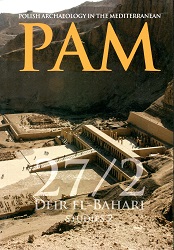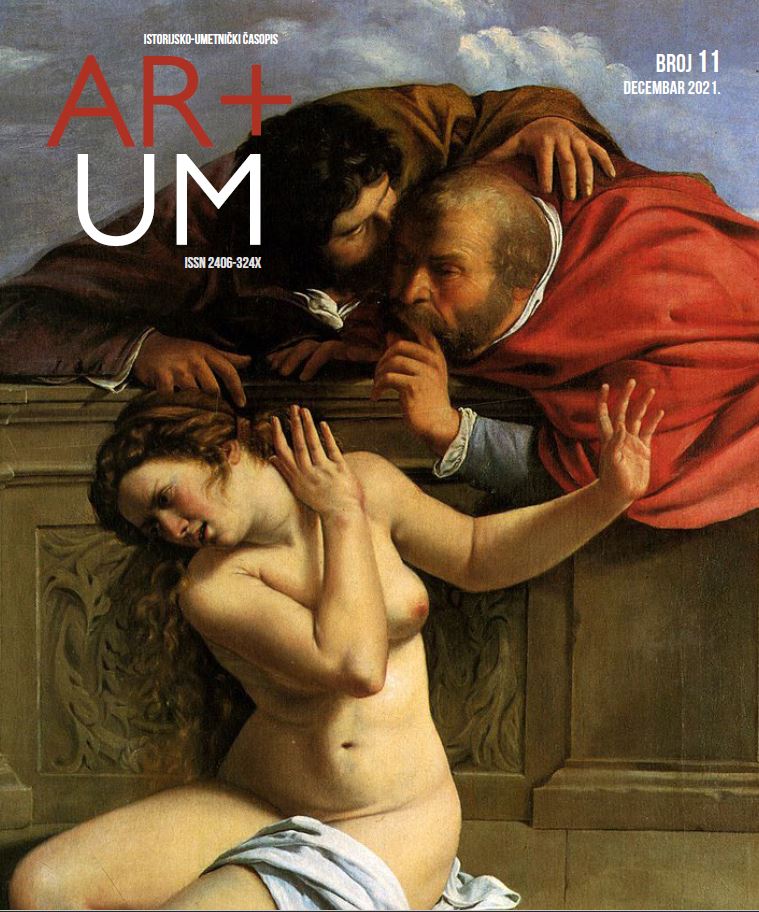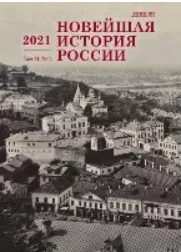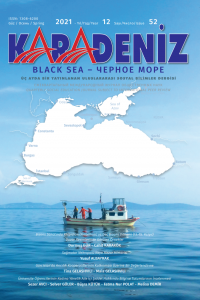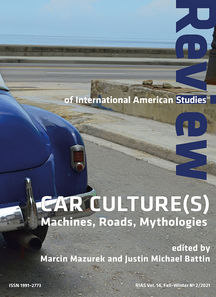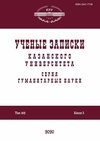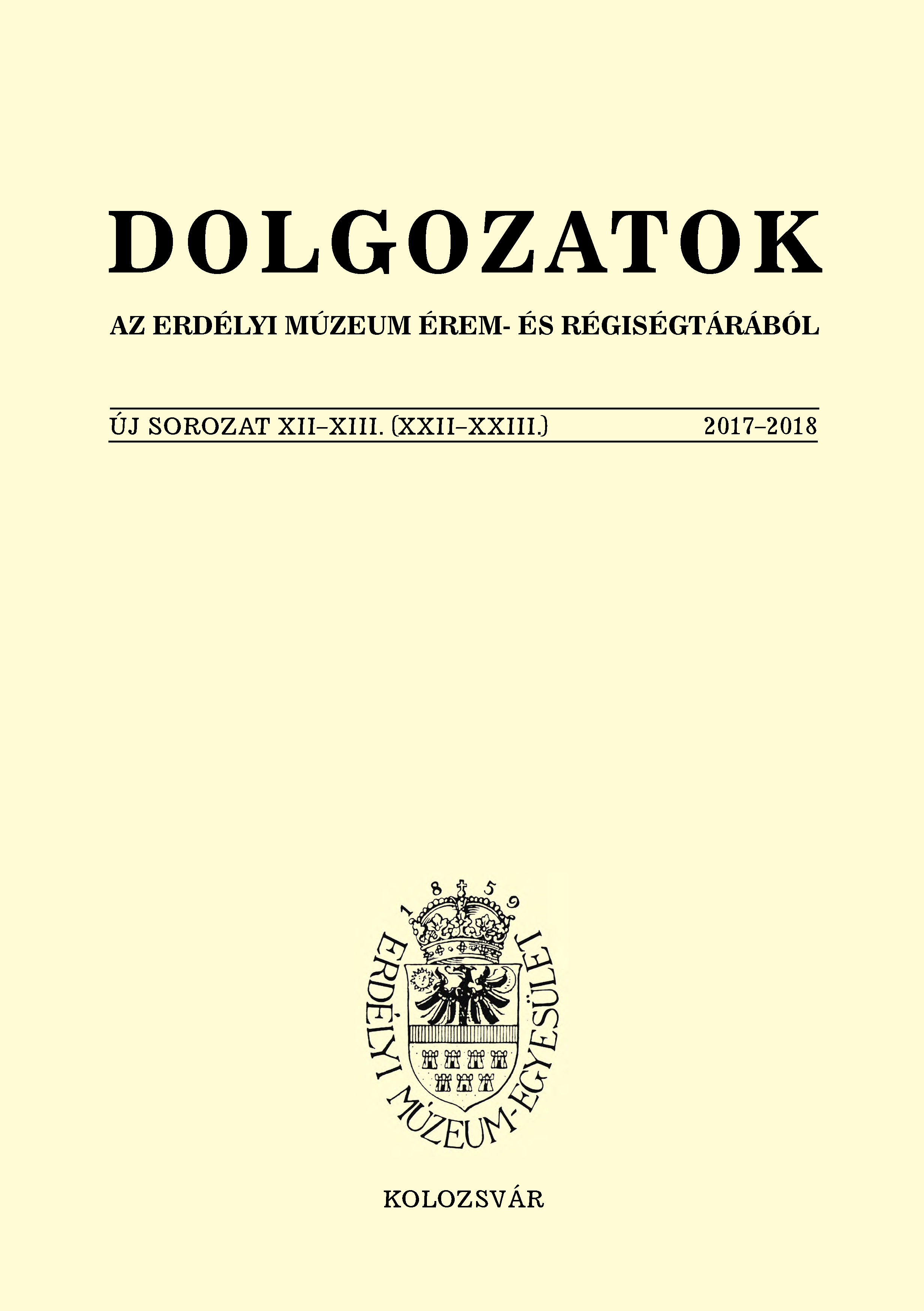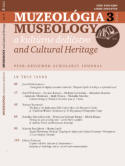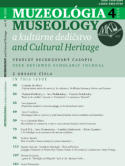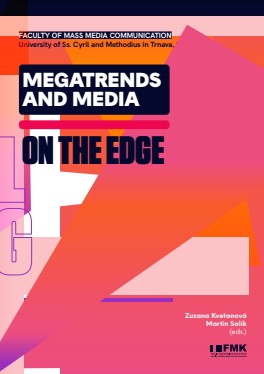Author(s): Katalin Varga / Language(s): Hungarian
Issue: XII-XIII/2018
In accordance with photographer Marian Reismann’s (1911–1992) wish in her last will, her legacy came into the possession of the Hungarian Photography Museum, Kecskemét in 1992. While processing the heritage, a thick folder was found with a further instruction from the photographer, saying that after her death the folder should be handed over to the Petőfi Literary Museum. The folder contained 245 letters by György Buday (1907–1990), woodcutter, book designer and set designer. The letters written between October 1933 and March 1938 were addressed to eurythmic dancer Lilla Bauer (1912–2011 or 2012). Although we could not find Lilla Bauer’s replies in either Marian Reismann’s or György Buday’s legacy, Buday’s letters themselves amount to a sort of diary, recording not only his art work and the events of his life in Szeged, but also the phases of Lilla Bauer’s artistic development and career. Up to the early 1990’s, Lilla Bauer’s person, art, and romantic relationship with Buday were scarcely known, since she spent most of her adult life outside Hungary. However, the emergence of Buday’s letters made it possible to do research and get to know more and more about her life and art. Provided her heritage returns to Hungary from England, where the dancer died a few years ago, or at least it becomes accessible, researchers will be able to survey her life and work as a whole, thus contributing to the history of eurythmics both in Hungary and worldwide. Lilla Bauer was born into a well-to-do middle-class family. After finishing her secondary education, from the late 1920s on she attended a eurythmics school run by eurythmic dancer and choreographer Olga Szentpál (1895–1968), who used the Dalcroze method. The annual school exams were public events and several papers published reviews about them, each mentioning Lilla Bauer’s development and outstanding performance, anticipating a bright career for her. It is clear from the reports that the students of the school performed in events outside the school as well as at theatre performances, moreover, the most talented ones, such as Lilla Bauer, gave solo dance performances and took part in international competitions. Having graduated in 1933, she immediately gave a solo performance on March 14, participated in a dance competition in Warsaw with huge success in June and, in August, she danced with the Szentpál Company at the Szeged Open Air Theatre Festival, taking part in the production of The Tragedy of Man, a drama by Imre Madách. It was then that she met Buday, the set designer of the production, and they fell in love with each other. In the autumn of 1933, in order to obtain further training and experiences, Lilla Bauer joined the ballet company of Kurt Jooss, world famous choreographer of the dance production The Green Table. The company fled Germany following Hitler’s rise to power; and, after a short stay in the Netherlands, in the spring of 1934, they settled down in Dartington Hall, Dartington, Devon, England, on the estate of philanthropists Leonard and Dorothy Elmhirst. The dance company was based there for rest and rehearsal, and set out for tours from Dartington. Lilla Bauer appeared on stage in Hungary again in 1937 and 1938 as a member of the Dance Theatre of Kurt Jooss. She trained the dancers as well as performed in the production of The Tragedy of Man, and also gave a two-hour long solo dance performance. By then her relationship with Buday had terminated. Curiously, however, both of them ended up living in England. Apart from the numerous considerable letters, there are several wood engravings and woodcuts depicting Lilla Bauer by György Buday to commemorate the short-lived relationship of two exceptional artists.
More...
